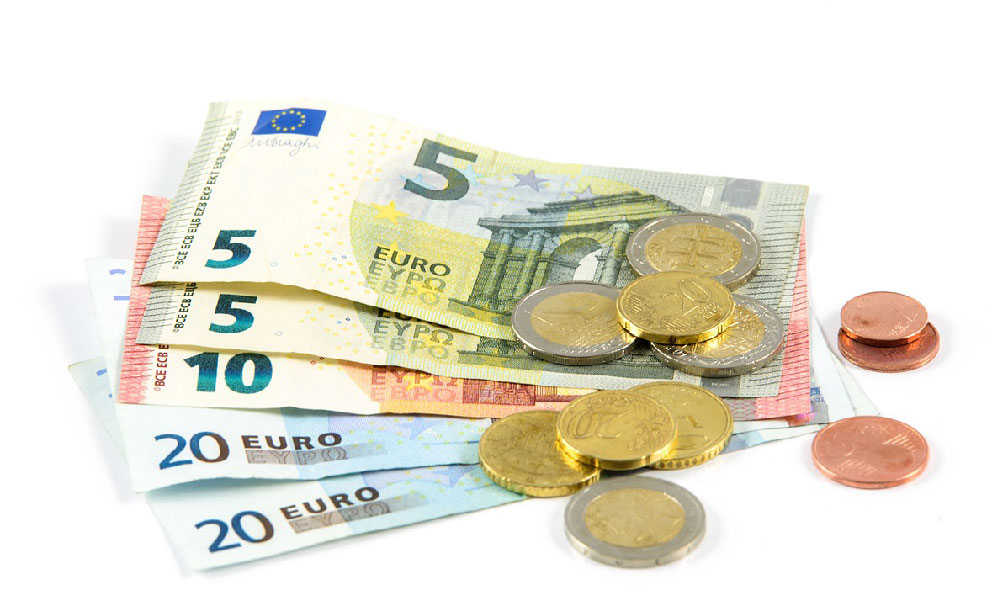eBay has become a global marketplace that connects millions of buyers and sellers, offering a unique opportunity to generate income through various avenues. While it's essential to approach this platform with a clear strategy and a deep understanding of its dynamics, the following insights can help individuals navigate the complexities of eBay and maximize their earning potential.
One of the most common methods for earning money on eBay is the resale of items. Many sellers source products from local markets, thrift stores, or online retailers, inspecting them for potential value. The key lies in identifying undervalued items with high demand, often by analyzing search trends and historical sales data. Pricing strategy is equally critical, requiring a balance between competitiveness and profitability. It's important to research similar listings, factor in shipping costs, and account for potential discounts while maintaining a margin that ensures sustainable growth. Most successful resellers emphasize the importance of quality control, ensuring that items are in excellent condition to avoid negative feedback and return requests.
For those interested in wholesale business, eBay presents an accessible alternative to traditional retail. Unlike brick-and-mortar stores, sellers can operate from home while sourcing products in bulk. Finding reliable suppliers is crucial, and this often involves networking with manufacturers, attending trade shows, or exploring online wholesale marketplaces. Once the inventory is secured, the focus shifts to optimizing the listing process. High-quality images, detailed descriptions, and strategic keywords play a vital role in attracting buyers. Additionally, managing inventory efficiently prevents stock issues and maintains a consistent presence in the marketplace. It's worth noting that many small businesses leverage eBay's global reach to expand their customer base without the overhead of physical stores.


Affiliate marketing is another effective strategy for generating income on eBay. This model allows individuals to earn commissions by promoting products through affiliate links. Sellers can partner with brands or platforms that offer eBay-specific affiliate programs, ensuring that their promotions are aligned with the marketplace's policies.Creating a content strategy that highlights the value of products, such as through blog posts, videos, or social media, can drive traffic to affiliate links. The advantage of this approach is its low barrier to entry, as there's no need to manage inventory or handle shipping. However, maintaining a steady income requires consistent efforts in content creation and audience engagement.
Some sellers choose to minimize their involvement by employing dropshipping. This model leverages eBay's platform to showcase products while outsourcing inventory storage and shipping to third-party suppliers. The primary benefit is the reduced upfront costs, allowing individuals to start with minimal investment. However, the success of this strategy depends heavily on supplier reliability and order fulfillment. Sellers must ensure that suppliers deliver products on time and meet quality standards to maintain a positive reputation. Building a robust supplier network can help mitigate risks and ensure a smooth operation.
For individuals with creative skills, eBay offers a space to monetize digital products. This includes items such as printable templates, online courses, or design files. Unlike physical goods, digital products have lower overhead and can be sold repeatedly without additional costs. The challenge lies in creating unique and high-quality content that resonates with a niche audience. Conducting market research to identify popular digital products and optimizing their descriptions with relevant keywords can increase visibility. Additionally, offering pricing tiers and promotional deals can help attract a broader range of buyers.
A frequently overlooked approach is the sale of niche or specialized items. These can include vintage collectibles, handmade crafts, or customized products that cater to specific interests. The profitability of this strategy depends on market demand and the ability to provide unique value. Researching niche categories with low competition and high margins can help identify opportunities. Packaging and presentation also play a significant role, as buyers often associate the quality of the product with the condition of the packaging.
Long-term success on eBay requires vigilance in maintaining a strong seller reputation. Positive feedback, consistent communication with buyers, and adherence to platform rules are essential for building trust. Sellers should also be prepared to adapt to market changes, such as shifts in consumer preferences or platform updates. Monitoring performance metrics and refining strategies based on data can help improve profitability over time.
In conclusion, the variety of ways to make money on eBay highlights the platform's versatility as a tool for generating income. Whether through resale, wholesale, affiliate marketing, or digital products, the key factors remain consistent: market research, quality control, and strategic optimization. By approaching eBay with a long-term mindset and a commitment to continuous improvement, individuals can unlock its full potential and build a sustainable income stream.












